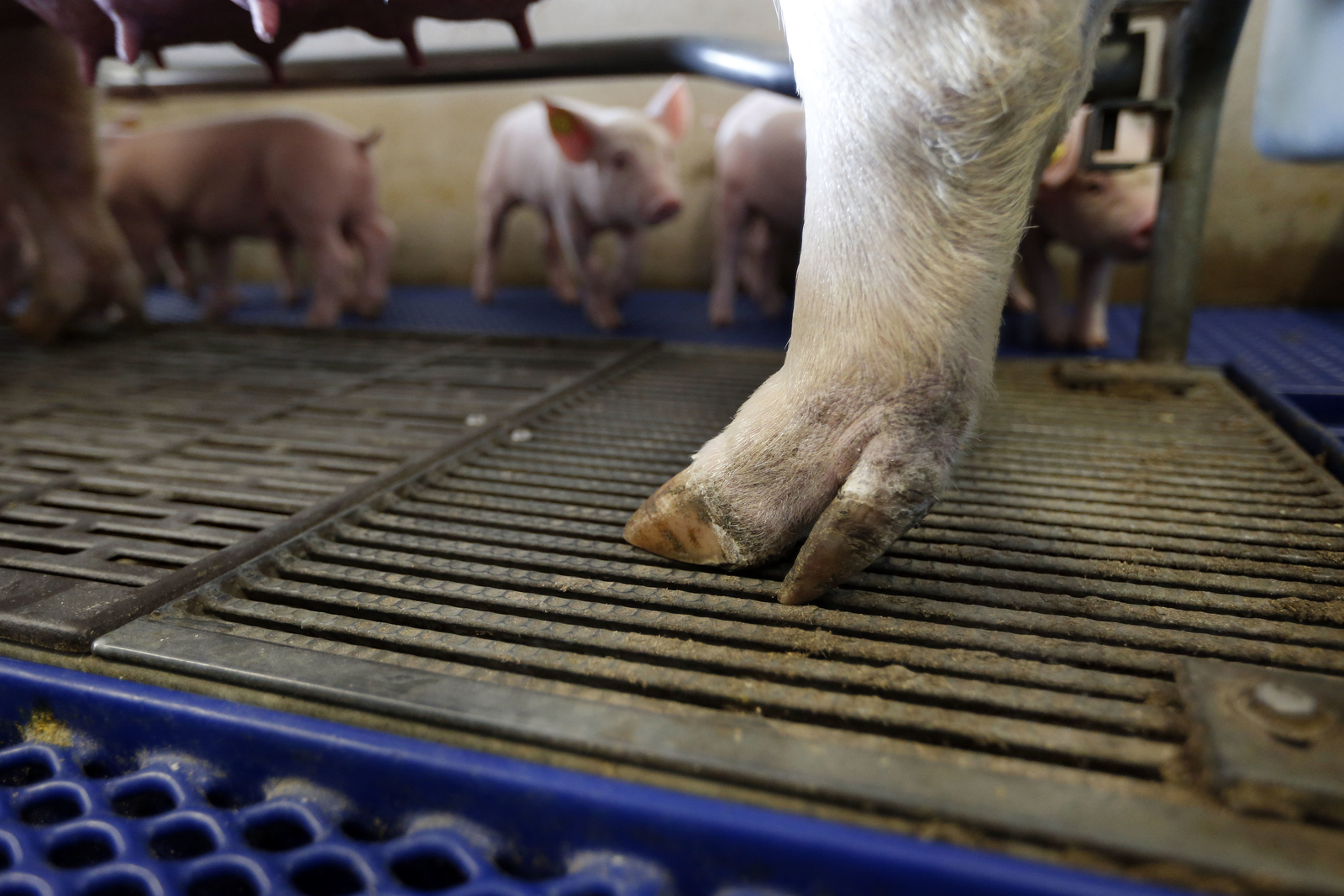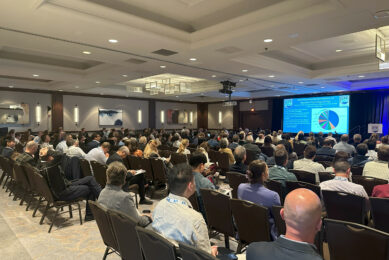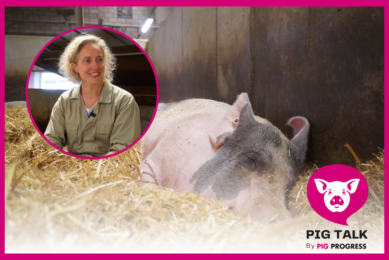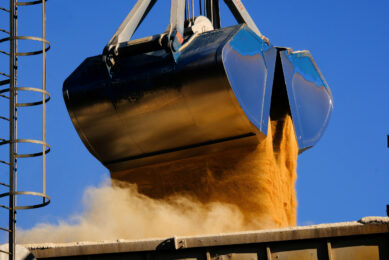Trace minerals for reproductive success in sows

Copper, zinc and manganese are the 3 trace minerals most demanded by sows. Feeding the right amounts of these minerals is essential to the longevity and reproductive success of sows.
Second to reproductive failure, sow lameness is the next reason sows are culled from herds. An average of 30-35% of sows in any given herd experience lameness. Producers should target that number to be just 10% of their herd. Early culling of sows also cuts into profits. This is due to potentially decreased farrowing rate, smaller litters and limited progeny performance, which are all traits linked to early parity sows.
Mike Hemann, swine account manager at Zinpro Corporation, agrees on the importance of decreasing turnover in the sow herd. “We know that a sow must reach her fourth parity to realise her economic potential,” he says. “By working to decrease lameness in the sow herd, we can increase the longevity in sows and, in turn, can see more sows reach their economic potential.”
Healthy sows perform better
As with any animal, when pigs feel their best they show it through their positive performance. “Sows that are healthy and not lame are getting up and going to the feeder,” Hemann says. “They are maximising feed intake, providing the proper nutrients to their gestating litters and piglets throughout the gestation and lactation periods, respectively.”
One indicator of good sow performance is low somatic cell counts. Trials at Zinpro Corporation have concluded that sows fed the proper amounts of copper, zinc and manganese trace minerals experience lower somatic cell counts. Hemann notes, “this is tied directly to the white blood cell count in the sows. They have less inflammation and are overall healthier. This can lead to improved performance in both the sows and pigs.”
Recognise foot challenges
Several kinds of lesions can impact the health of a sow. Keeping a close eye on the overall sow foot health is imperative for producers. Watch for these foot lesions in your herd:
- Toes slightly longer than normal can eventually impact sow gait when walking.
- Improper dew claws can be slightly longer than normal and can even extend to the floor surface when the pig is standing. They can also be torn or completely missing.
- Sows experience heel overgrowth and erosion when there are cracks and overgrowth and/or erosion in the soft heel tissue.
- Heel-sole crack occurs when there is a separation at the juncture of the heel and sole.
- White line is visible when a separation occurs along the white line of the foot.
- Horizontal wall cracks are evident when a hemorrhage is visible and when there is a horizontal crack in the claw wall.
- Vertical wall cracks occur when there is a vertical crack evident on the claw.
Many of these foot lesions can be caused by a nutritional deficiency or imbalance and can help be prevented by properly feeding the correct amounts of the trace minerals most needed by sows- copper, zinc and manganese. The use of these minerals at the right levels helps to optimize lifetime herd reproductive performance.
A closer look at the minerals
Manganese is essential for healthy joints, tendons and overall bone density. Zinc aids in wound healing and helps with corium health. Copper is needed for strong connective tissue and white line health. Copper and zinc also are crucial in a sow’s diet for sole, heel and horn strength and elasticity. Purina Animal Nutrition launched the Feeding for 30® program www.Feedingfor30.com in 2012 with the goal of sharing nutrition and management advice and research to help the industry move toward 30 piglets per sow per year. The industry-wide initiative now includes partnerships with Zinpro Corporation and DSM Nutritional Products.











